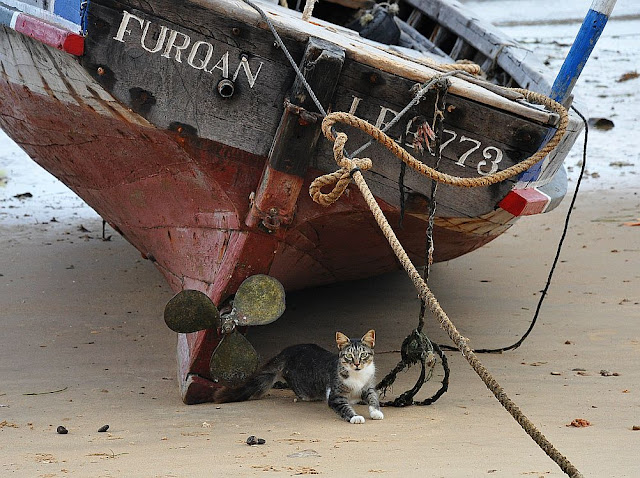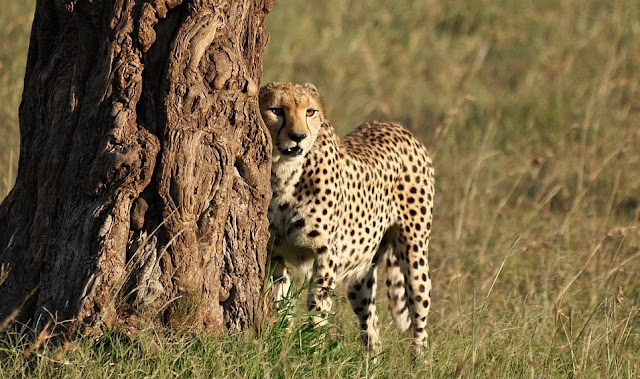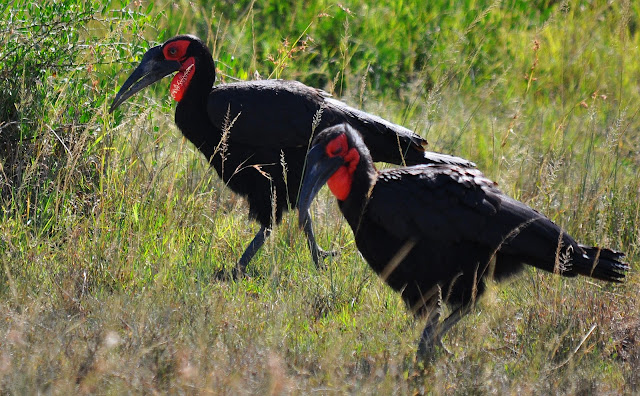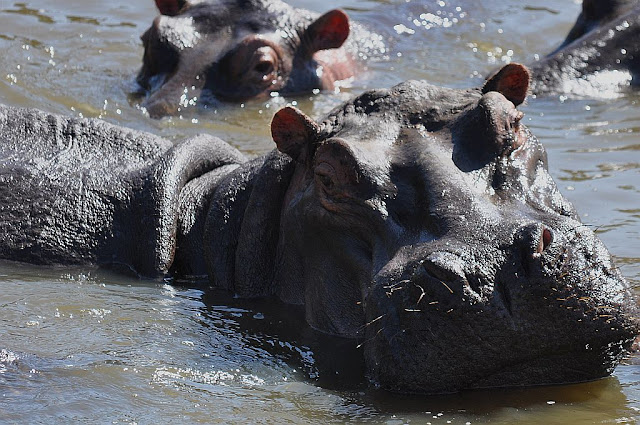An almost-daily photo blog from Kenya By Elsen Karstad, resident in Kenya, East Africa. Cameras: Nikon D780 & Nikon D850 Lenses: Nikon 14-24 F2.8, Nikon 50 F2.8, Sigma 28-70 F2.8, Sigma 105 F2.8 Macro, Nikon 70-200 F2.8 VRII, Nikon 200-500, Nikon 600 VR F4.0 Enquiries on photo use or prints, email elknbi@gmail.com
Thursday, March 31, 2011
Wednesday, March 30, 2011
Tuesday, March 29, 2011
Mara Vulture
Lappet-Faced Vulture from the Mara. There are, (if I recall correctly), four common species of vultures that converge on the Masai Mara during the Migration: this one, the Hooded Vulture, Rupell's Griffon Vulture and the African White-Backed Vulture. If really you're lucky you might see the uncommon Egyptian Vulture hammering an ostrich egg with a rock.....
Friday, March 25, 2011
Thursday, March 24, 2011
Kongoni- Nairobi Park, Kenya
A back-lit shot like this rarely works, but I like the composition here- with the shallow depth of focus, angled ears and horns & scalloped purple horizons.
Wednesday, March 23, 2011
Tuesday, March 22, 2011
Zebra at the River- Masai Mara, Kenya
Zebra quenching their thirst with Mara River Water. As alert as they appear to be, a crocodile can swim within meters undetected, exposing only eyes and nostrils. One would think that evolutionary pressures over the millennia would equip zebra & other wildlife with the ability to detect approaching crocs, but apparently not! Crocs rarely attack full grown zebra, but their young are fair game....
Monday, March 21, 2011
Bouquet of Impala- Nairobi Park, Kenya
A bouquet of impala heads from Nairobi Park. The young males have small horns (females have none). This is part of a harem dominated (or so he thinks) by a single male...... for as long as he has the energy to keep rivals away AND service his females.
Friday, March 18, 2011
Thursday, March 17, 2011
Female Impala- Nairobi Park, Kenya
To get the shallow depth of focus on these Impala, I used a telephoto lense with the camera set on 'portrait mode' at ISO 400.
Wednesday, March 16, 2011
Squacco Heron- Lake Baringo.
Common to the shores of Lake Baringo. According to the 'Birds of Kenya & Northern Tanzania' (Christopher Helm, London), the call is "a grating Krruk!".
Tuesday, March 15, 2011
Lamu cat & dhow, Shella Beach, Kenya
Cats come down to the beach in the afternoon to wait patiently for the return of fishing boats. Fish are gutted on the beach, and between the cats and tides, Shella Beach remains acceptably clean from day to day.
Monday, March 14, 2011
Wart Hog- Masai Mara, Kenya
This old fellow sports an unusually large set of tusks. Note how the rapier-thin lower canines sharpen themselves against the base of the large upper tusks. Even full-grown lions respect weapons like these, and with a pig's well-developed brain plus a life span in the wild that can exceed 10 years, a (+- 60kg) Mara veteran like this can definitely save his own bacon!
Friday, March 11, 2011
Wednesday, March 9, 2011
Ground Hornbill- Masai Mara Kenya
The Southern Ground Hornbill. These are uncommonly seen local residents in the Masai Mara & similar grasslands throughout East Africa. The size of a turkey, they make a low pitched but loud 'oooomh' noise, often a dawn, that can be easily mistaken for a lion.... especially if it's close to your tent!
Tuesday, March 8, 2011
Mount Kenya- January 2011
The second tallest mountain in Africa after Kilimanjaro, Mt. Kenya stands on the equator at 17,057 ft tall and hosts the 276 square mile Mt. Kenya National Park. It is a free-standing extinct volcano having one of the largest basal diameter-to-height ratios in the world..... it's obviously a challenge to show the WHOLE thing in one photo!
Friday, March 4, 2011
Klipspringer antelope- Masai Mara, Kenya
The Klipspringer is a mostly solitary inhabitant of steep rocky areas in East Africa. It's modified hooves give an impression of 'tip-toeing', allowing maximum grip on smooth rock by concentrating it's weight on a minimal area. I'm told the name means 'cliff springer' or 'rock springer', describing it's ability to move with ease though rocky & steep areas most predators would find difficult.
Thursday, March 3, 2011
Masai Mara Hippo
The dominant male in a group of some 45 hippo in the Mara River. An old chap, and a fighter, as revealed by the scars.
Wednesday, March 2, 2011
Family group- Amboseli Elephant
The family group Matriarch leads- and is obviously the most alert individual in the group.... that's her job!
Tuesday, March 1, 2011
Subscribe to:
Posts (Atom)



















